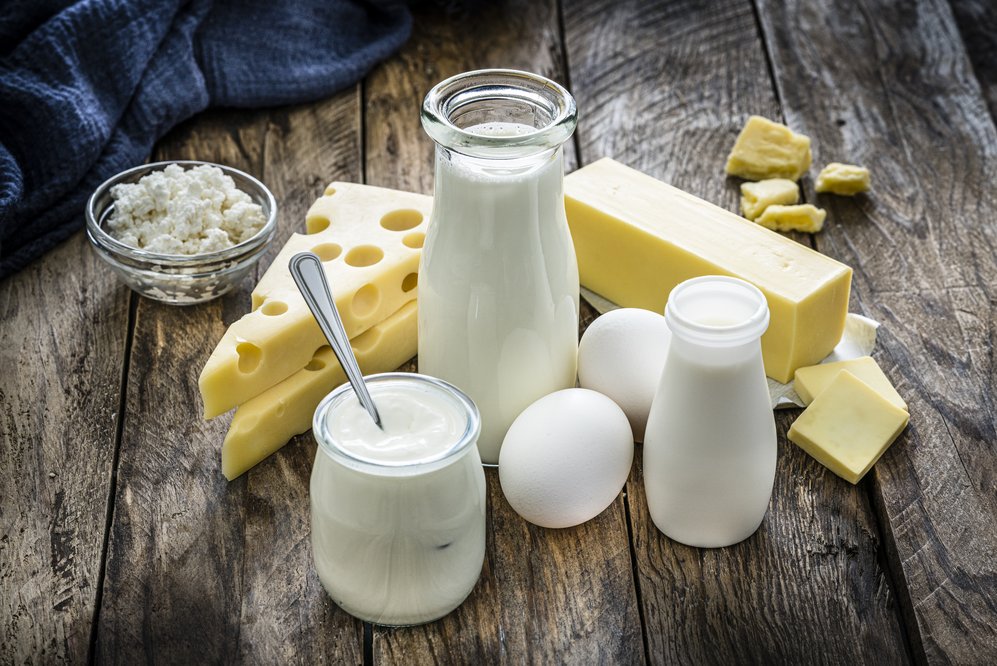The short publication, Non-GMO Food Sectors (Conventional and Organic) – What’s Their Economic Significance?, examines through available market data the Non-GMO (conventional) and organic markets and highlights their sheer size and popularity with consumers: the EU conventional Non-GMO market totals approximately 20 billion euros (2022) and the EU’s organic market approximately 55 billion euros (2021).
A flourishing Non-GMO sector
In the last 10-15 years, conventional Non-GMO production has developed into a strong and successful business segment with a rapidly growing range of products labelled as Non-GMO, the publication notes. In 2022, the conventional Non-GMO market recorded sales of 16 billion euros in Germany and 2.5 billion euros in Austria. The estimation for other EU markets is a further about 2 billion euros, including in France where there is a popular “sans OGM” label.
In the conventional Non-GMO sector food producers exclude GMOs throughout the whole value chain on a voluntary basis. This is due to the labelling gap in the EU’s current GMO legislation: only GM feed is subject to GMO labelling but not related food products like milk, meat and eggs. The conventional Non-GMO sector bridges this gap – driven by retailers, it offers freedom of choice to consumers who prefer their food derived from animals to be produced without GMOs.
This is a booming market segment, as illustrated by the strong Non-GMO markets in Germany and Austria. The sector brings together companies - feed and food processors, as well as retailers - that fully exclude GM feed in their products and are certified to use a Non-GMO label. Currently Non-GMO labelling regimes exist in Austria, Czech Republic, Germany, France, Hungary, South Tyrol, Poland, Bosnia-Herzegovina, Slovenia and Switzerland.
Responding to consumer demand
It is clear that there’s strong demand amongst consumers for Non-GMO food. The publication takes a deep dive into the markets in Austria and Germany. It highlights that in 2022, sales of "Ohne Gentechnik" ("Without genetic engineering”) products in Germany increased by about 21 percent to almost 16 billion euros and comprise more than 15,000 products. Austria is another booming market, and indeed was a Non-GMO pioneer. Non-GMO is acknowledged to be a key unique selling point and mark of quality for Austrian agricultural and food products. The thriving market is made up of more than 6,500 products using the label “Ohne Gentechnik hergestellt” (“Produced without genetic engineering”). All milk and egg production (since 2010) and all poultry (since 2012) are “Non-GMO”. About 80% of all feed production is Non-GMO in the country.
A growing appreciation of organic food
In the EU, GMOs are banned in the organic sector by law – something that the organic sector has been vociferously campaigning to maintain in the EU’s proposed new law on New GMOs. Organic producers (and conventional as well) fear cross-contamination of their crops and produce, which make up a hugely significant market.
The organic sector in the EU totaled 54.68 billion euros (58.6 billion USD) in 2021, according to the USDA’s Foreign Agricultural Service. When looking at the long-term, the organic market continues to grow, despite a more challenging year in 2022, because of the rise in the cost of living across Europe. It’s clear that consumers are still keen to buy organic food – even despite pressures on their purses. Organic food sales in budget supermarkets increased throughout 2022, as they gained market share in almost all European countries.
